Did you know how important knowing the basics on securing your liquid cartage tank onto the back of your truck/trailer is?
Related topic:
Product Spotlight: Water Cartage Tanks
Here are 5 reminders that, when taken for granted, might cost you your operations:
1. Sloshing and Surging of Liquid Inside the Cartage Tank
As liquid doesn’t have shape or form, it is able to freely move around and conform to the shape of its container. It is this quantity of water that makes it slosh around inside your cartage tank during transport.
As your transport vehicle moves forward, backward and from side to side, the motion generated on the liquid creates a liquid surge that may prove transport difficult - if not downright dangerous - especially with a bigger cartage tank.
If you, as the driver, accelerate too quickly, the liquid flows to the back of the tank, slowing you down. Hit the brakes too soon and the water slams towards the front -- the force of it could very well prevent you from achieving a full stop. That’s not good!
Such scenarios could prove disastrous. That is why it is necessary to know the fundamentals around securing a cartage tank and incorporate safety measures before transport to avoid any mishaps on the road.
Stabilising the liquid load is one way to avoid this; and it comes with many benefits, including reduced fuel consumption and reduced maintenance costs with the mechanical wear and tear your vehicle incurs.
2. Baffles
Baffles are structures placed inside the tank to prevent or minimise the sloshing and surging that occurs during transit. They work by slowing down the flow of the liquid as the vehicle runs, stops, or swerves left and right.
Built-in Baffles
Some poly cartage tanks come equipped with built-in baffles moulded into them. These baffles don’t absorb liquid surges but break the force of energy created by them. However, it’s important to note that built-in baffle systems could leave compartments around 2,000 to 4,000 litres that may still be subject to liquid surge.
In some cases, fixed baffle systems are not enough to address the sideways motion of the liquid (when swerving left and right, for example), and so some manufacturers might offer you the optional ball baffle system upon purchase.
Ball Baffles
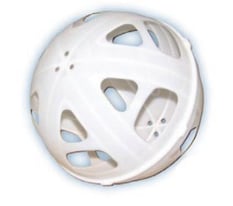
These are baffles that are round in shape. A specific part of the ball is designed to stop liquid movement, greatly minimising slosh and surge during travel.
The importance and advantages of a good baffle system when transporting liquid with cartage tanks can’t be stressed out enough. As an aside, some poly manufacturers might recommend that tanks with capacity around 3,700 litres be mounted lengthwise. The reasoning behind this is that baffles won’t work as well when the cartage tank is positioned the wrong way.
3. Quantity
On the other hand, when a tank is full, liquid movement would not be an issue and it would be much safer to travel - all things considered. Sloshing and surging only occurs when a tank is partially full. In fact, a huge majority of crashes involving liquid transport had partially filled cartage tanks.
4. Vehicle Capacity
Cartage tanks have been mounted on unregistered farm trucks used around the farm. However, you can’t get too comfortable doing this. Safety is still extremely important.
Your vehicle needs to be able to handle the maximum weight it is allowed to carry. The tires, steering, suspension, bearings, and brakes, etc., must all be able to withstand the force exerted by the load.
If the combined weight of your vehicle and its load (Gross Vehicle Weight Rating) exceeds that of the vehicle’s GVWR assigned by its manufacturer, this means you cannot transport the load safely.
A few pointers to remember:
Always do pre-trip inspections on your vehicle’s brakes, suspension, tires, etc., to ensure that they can withstand the load and identify & prepare yourself for the high-risk sections along your route before departing such as low visibility areas and extreme road bends. Remember that the centre of gravity shifts with every turn, bump, and every time you hit the brakes!
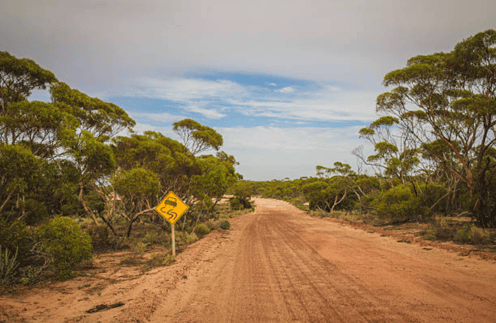
Coerco's poly liquid cartage tanks secured safely on the back of a truck.
5. Mounting
A good baffle system and an able vehicle aren’t enough if your cartage tank is left unsecured on its mounting surface. The use of mounting pins is one way to secure a cartage tank on the back of your truck/trailer. These are pins inserted into holes on the tank legs. Bolts are then inserted through holes on the pins and holes on the mounting surface, securing your cartage tank firmly in place while preventing damage.

Mounting pin secured with bolts.
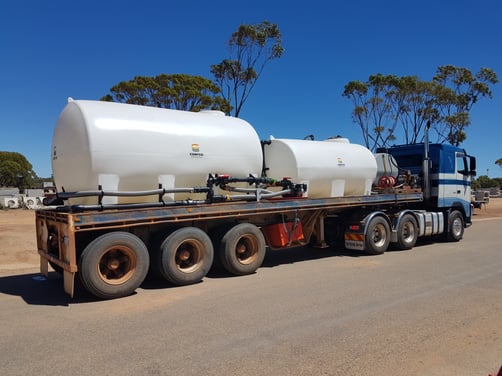
Coerco's poly liquid cartage tanks secured safely on the back of a
truck with mounting pins.
Securing your safety during transport is even more important with large capacity cartage tanks. Making sure you don’t exceed weight requirements, taking into consideration the quantity of your load, the possibility of liquid surge, proper mounting, and incorporating a good baffle system, can help you go a long way when it comes to your safety, and everyone else’s!
Related topic:
Poly Cartage Tanks vs. Fibreglass vs. Steel: Which Should You Choose?



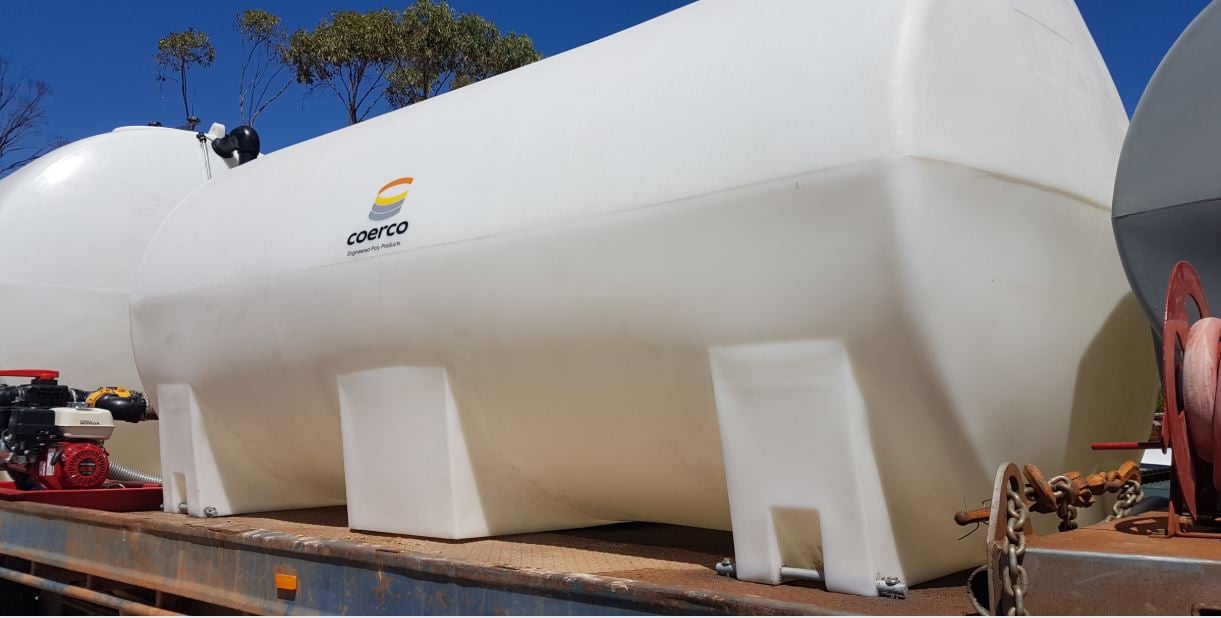


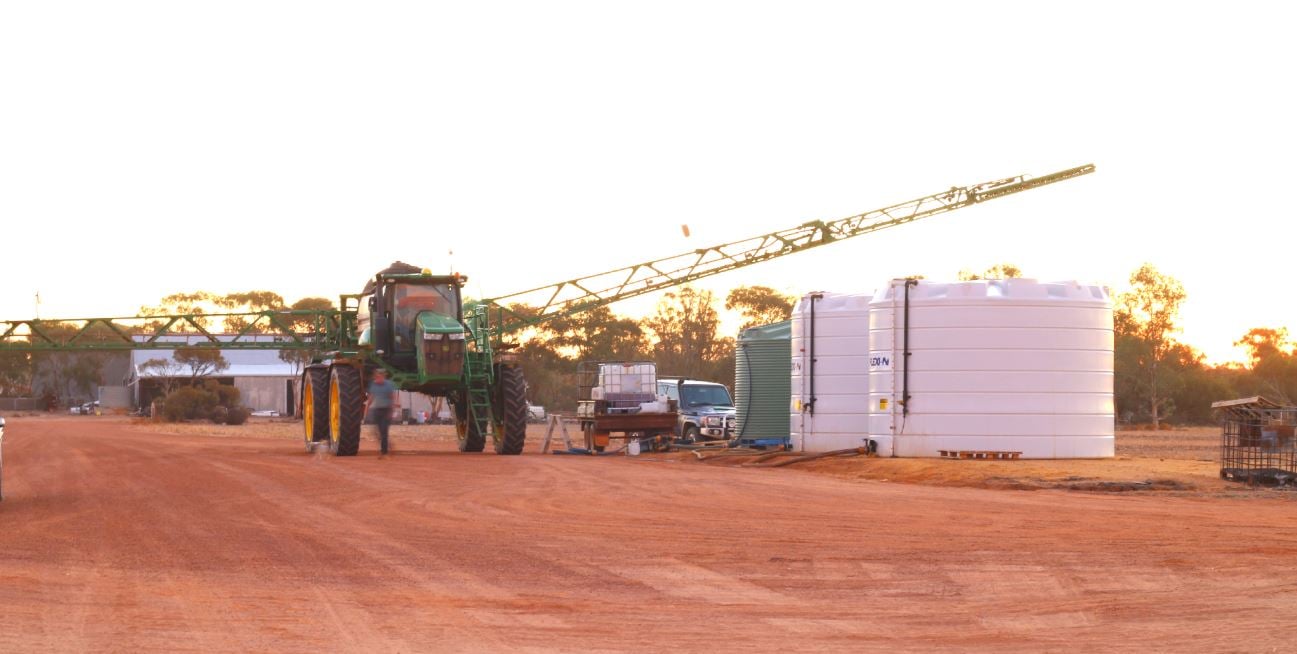

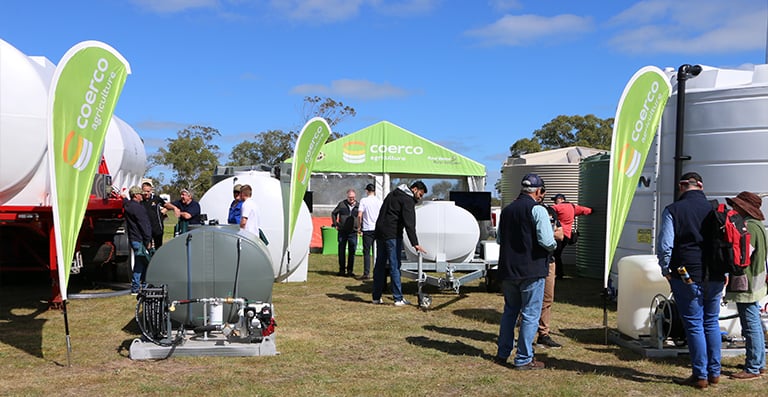
What do you think about this post?
Comments